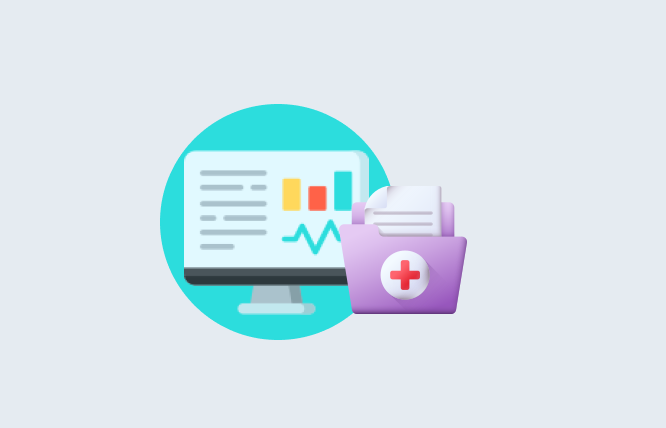Introduction
Are you interested in knowing how to develop a digital marketing strategy for your website? Well, understand that this strategy requires understanding your target audience, setting clear goals, performing search engine optimisation (SEO), creating engaging content, utilising email and social media marketing, using paid advertising and tracking your results. When you do the above, you will improve your online visibility, drive website traffic and ultimately, attain your business-related goals.
A proper digital marketing strategy states the initiatives and tactics that you will utilise to reach your target audience online and attain your organisational objectives. Think of it as a roadmap guiding your efforts, ensuring alignment and focus on your desired outcomes. If you’re still reading, you’re probably looking to learn how to develop a digital marketing strategy for your website. Let’s dive right in:
| Component | Description |
Target Audience | Getting to know your ideal customer and their requirements |
Objectives and Goals | Setting measurable, clear goals for your digital marketing efforts |
Keyword Research | Identifying relevant keywords for website optimisation for search engines |
Content Strategy | Creating engaging, high-quality content that echoes with a target audience |
Social Media Marketing | Creating a robust social media presence and engaging with a target audience |
Email Marketing | Building and nurturing an email list to reach subscribers |
Paid Advertising | Using paid advertising channels to reach more audience |
Website Analytics | Tracking and analysing website performance for success measurement |
This information is ideal for anyone exploring digital marketing strategy frameworks or e-commerce website marketing strategies. Here is some advice – after going through this blog, try looking into today’s latest custom web design and development practices as well as website analytics and reporting tools.
Let’s go through the important steps that allow the development of a successful digital marketing strategy.
Understanding your Target Audience
Develop an understanding of your target audience by analysing their interests, likes, and dislikes. Answer these questions before proceeding:
- Who is your target audience?
- What are the needs and wants of your audience?
- What are their online behaviours?
This will allow you to tailor your marketing efforts. In today’s leading digital marketing strategies that are performed by leading website optimisation services, this step is given utmost importance, as it can potentially make or break a strategy that could create a responsive web design for digital marketing.
Set Clear Goals and Objectives
Set relevant, achievable, measurable, specific, time-bound goals that align with the overall business objectives and offer a clear direction for your efforts.
Fun Fact: Today’s professional web development services that make good use of website speed optimisation techniques have discussions regarding goals and objectives with their clients.
Keyword Research & SEO Optimisation
Keyword research involves identifying relevant keywords that customers may be searching for online. When you incorporate these keywords into your website content and metadata, you boost your search engine rankings and get more organic traffic.
SEO optimisation involves applying various techniques, such as on-page optimisation (e.g. optimising title tags and meta descriptions) and off-page optimisation (e.g. building backlinks)
Content Strategy and Creation
Creating engaging and quality content will better echo with your target audience, and both attract and retain visitors to a website.
Your content strategy should include diverse formats like case studies, blogs, and articles.
Social Media Marketing
A strong social media presence and active engagement drive website traffic and help in lead generation.
Go with those social media platforms that are the most relevant to your target audience.
Email Marketing
By creating an email list and sending targeted email campaigns, you could stay connected with your audience and promote your products/services.
Focus on building relationships and offering value in your email campaigns, do something that your competitors are lacking,
Paid Advertising
This is a powerful way of reaching a wider audience. There are a host of paid advertising, such as:
- Pay-per-click (PPC)
- Social media advertising
- Display advertising
When creating paid advertising campaigns, you must set a budget and track your results. This will ensure that you get an appreciative return on your investment.
Concluding Remarks
A strong digital marketing strategy is key to boosting your website’s visibility and achieving your goals. This blog has provided actionable steps to guide you, from SEO to content creation and paid advertising.
If you’re ready to market your services or brand and build an online presence, FuturByte can help. Contact us today to turn your vision into reality!
Frequently Asked Questions
These can impact as they can improve search engine rankings, enhance user experience, and create a strong brand identity, causing increased website traffic and conversions.
It is important because it ensures that your website is mobile-friendly, loads quickly, is easily navigable, improves both search engine rankings and user experience, as well as the overall website performance.
This will drive traffic, improve engagement, increase brand awareness, and offer valuable insights into your target audience’s behaviour.
Have questions or feedback?
Get in touch with us and we‘l get back to you and help as soon as we can!



